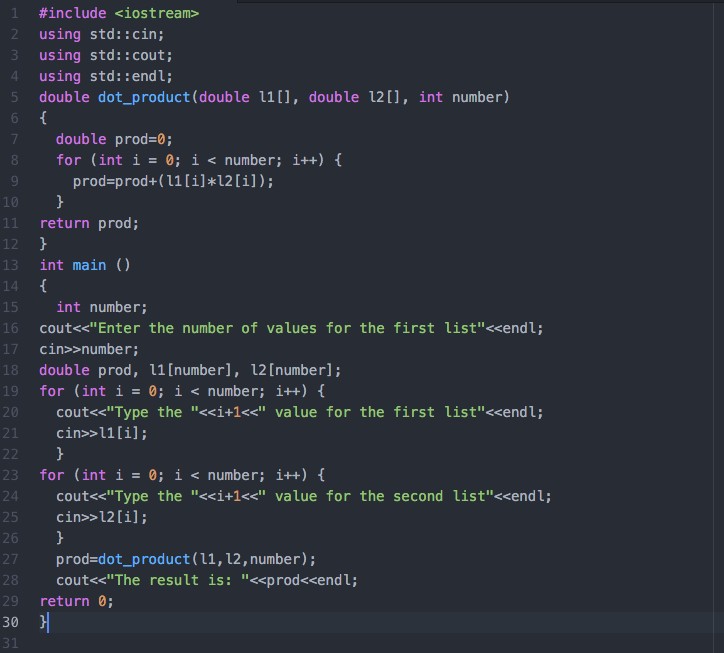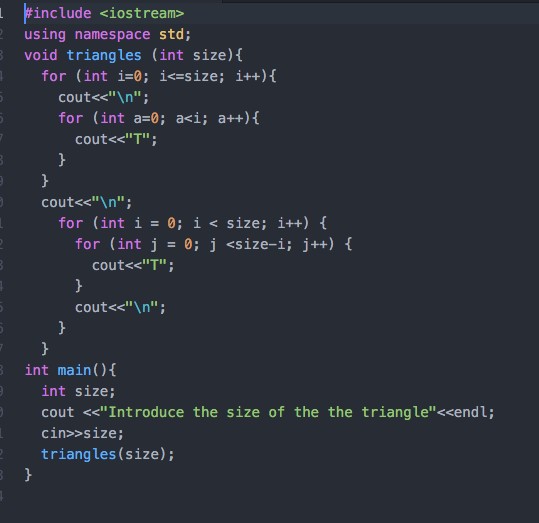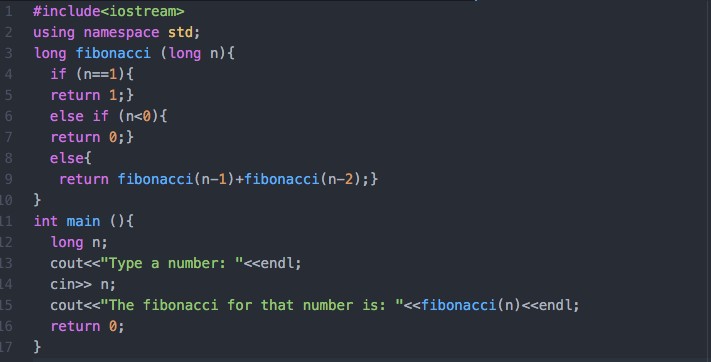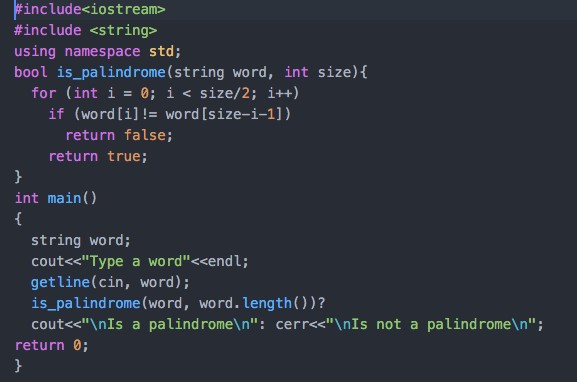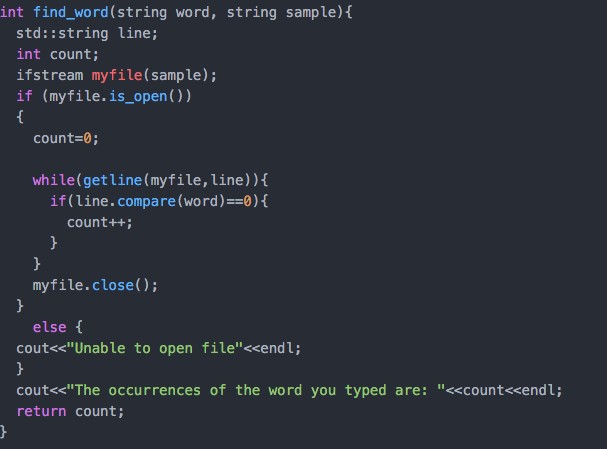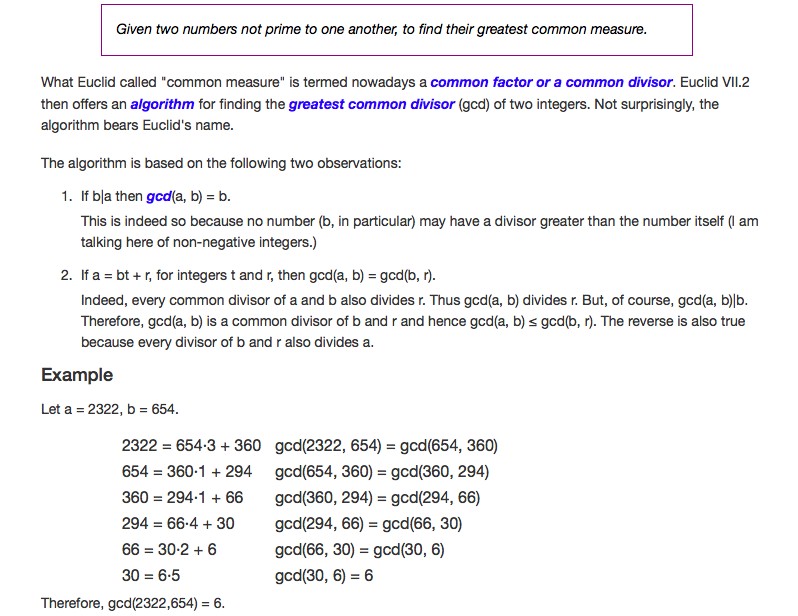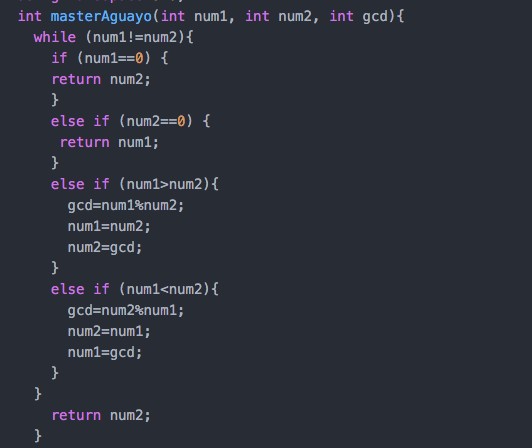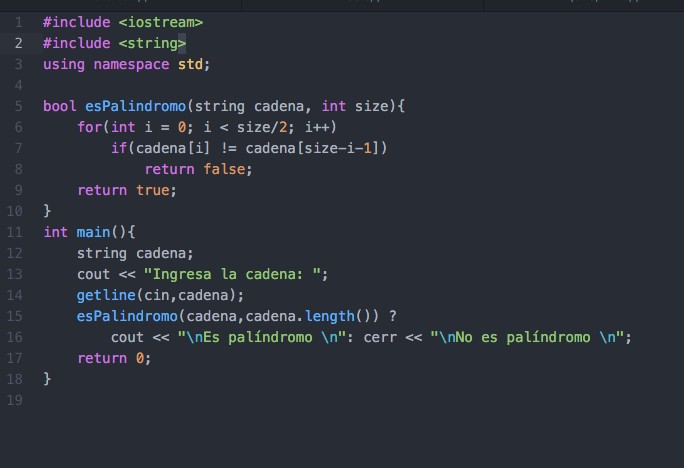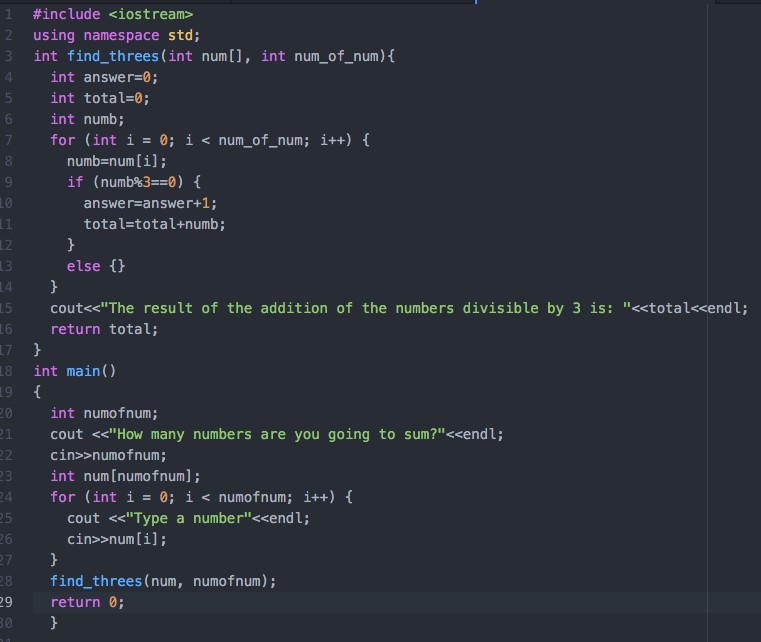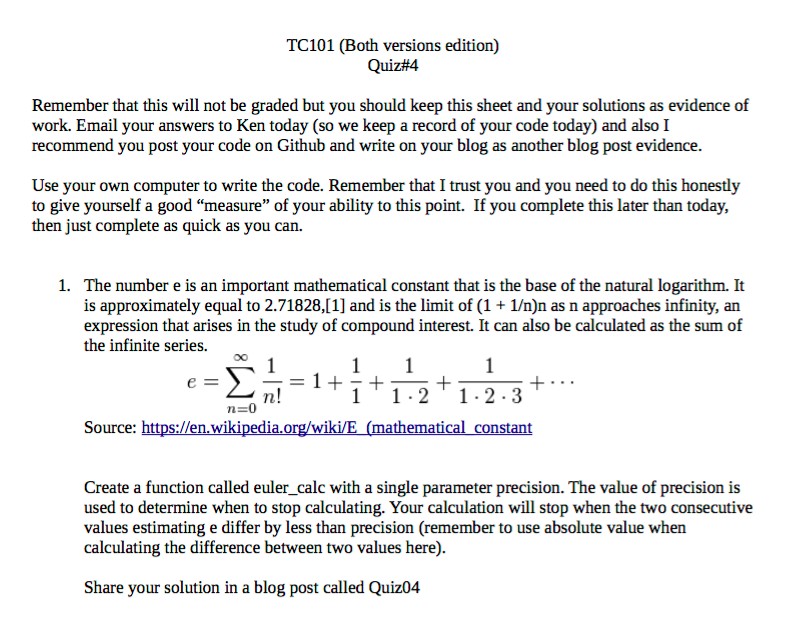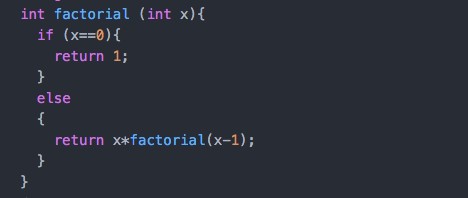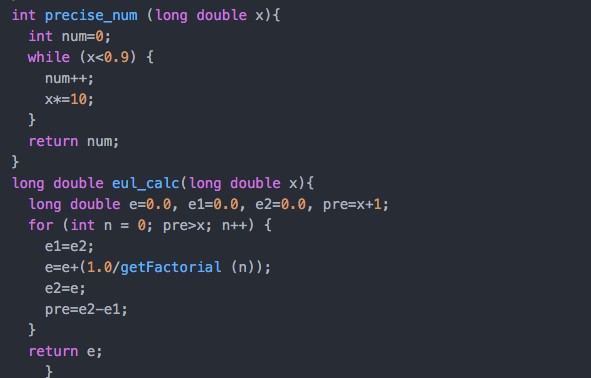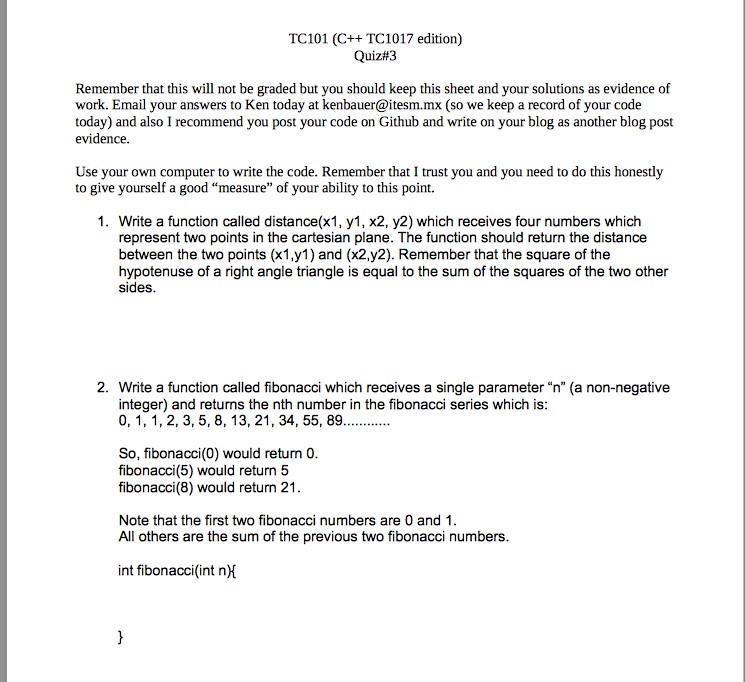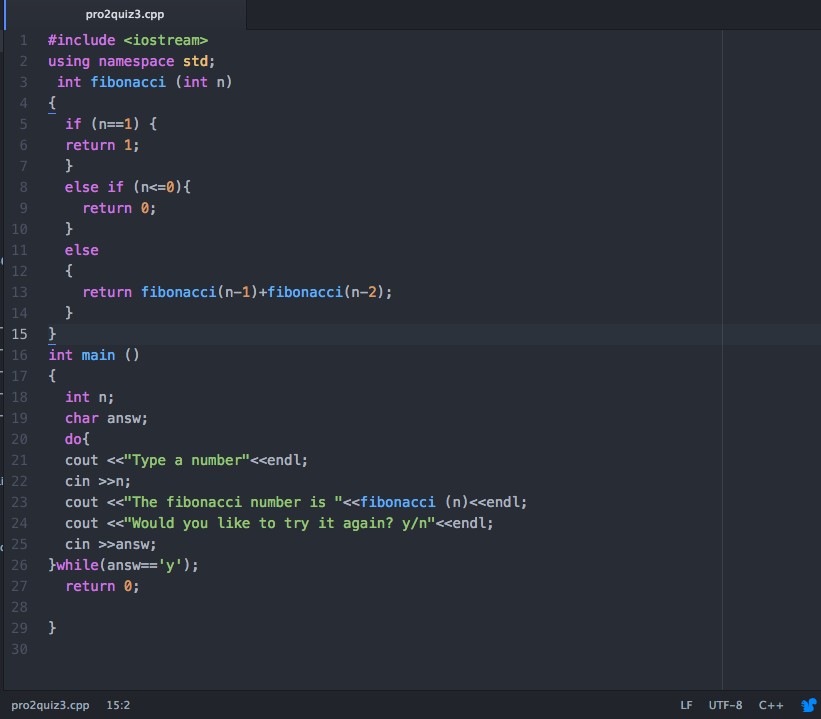Qué rollo banda… jaja en este post les platicaré sobre este programa llamado Scilab. Para empezar, no pude descargarlo por cuestiones de seguridad que Apple se inventa en sus computadoras y toda esa onda aunque la verdad me dio flojera investigar más a fondo sobre cómo hacer que lo abriera pero en fin, busqué varios videos y aquí está mi reseña.
SciLab es un programa que puede ser de gran utilidad para cualquier área que involucre el análisis numérico. Nos permite crear gráficas en 2-d y 3-d así como cálculos de funciones y un sin fin de posibilidades hablando de las matemáticas.
Es muy interesante todo lo que puedes hacer con este programa, ya sea cuando tienes demasiado tiempo libre o cuando de verdad lo necesitas. Bueno, esto es todo para este post, estoy guardando las palabras de despedida para el próximo que será el último… Disculpen, me ganó el lado sentimental…



